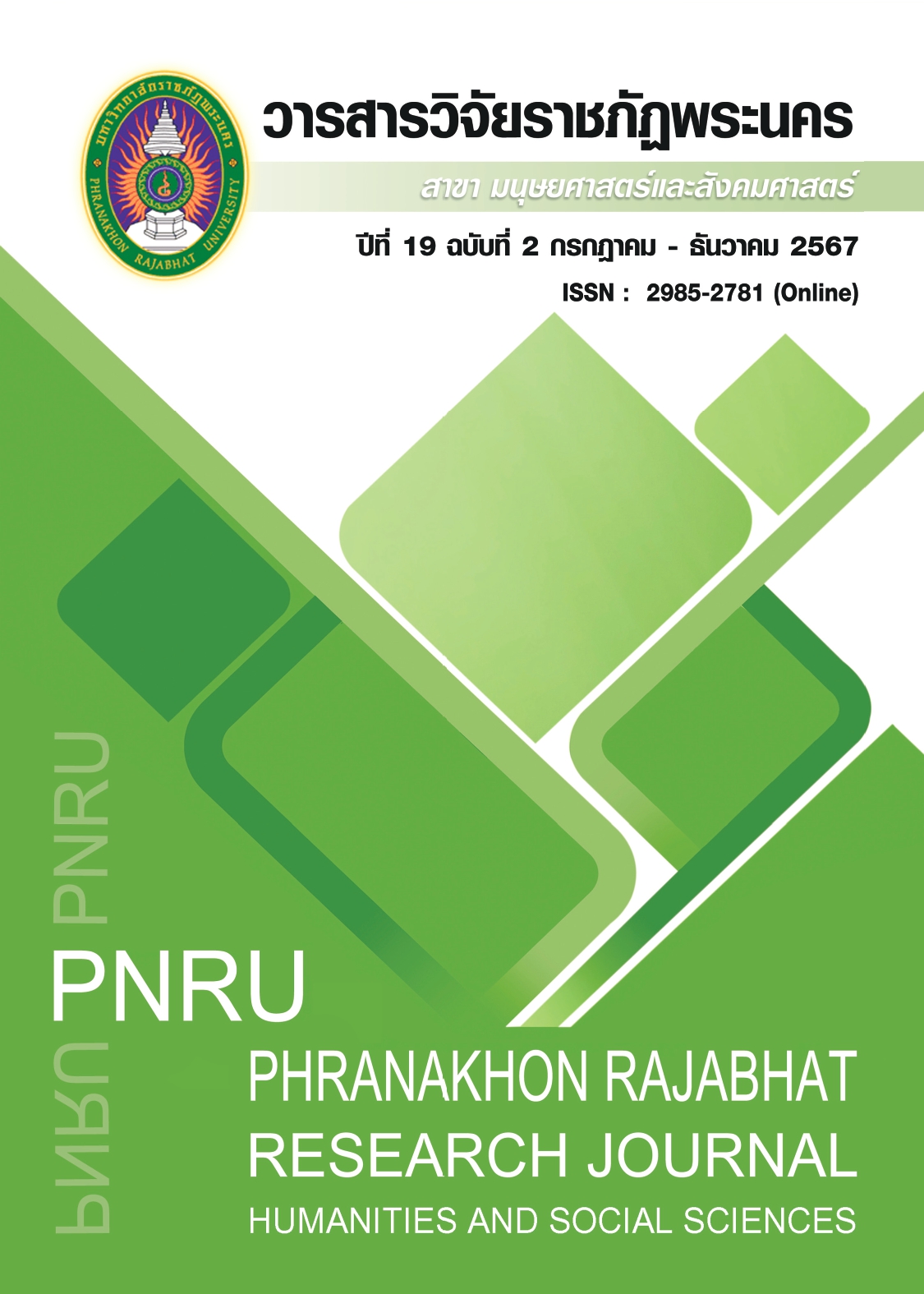FACTORS INFLUENCING STICKY COST BEHAVIOR
Main Article Content
Abstract
Sticky cost behavior arises from asymmetric decisions by management in estimating expenses or costs. It causes cost increases and decreases to be unequal, while activity volumes increase and decrease to be equal. From the study, it can be concluded that the factors that influence sticky cost behavior are: 1) Employee intensity is related to sticky cost behavior. 2) Debt intensity is negatively related to sticky cost behavior. 3) Corporate governance can help reduce sticky cost behavior. 4) Firms with fewer resources show signs of adjustment in their cost behavior. 5) Developing countries are able to adjust costs well when incomes are falling. 6) The level of sticky costs increases as GDP increases. Results from the study of factors that influence the sticky cost behavior, investors can consider and screen companies in which to invest in order to reduce risks and financial losses. Executives can use the results of the study to consider adaptation and problem-solving. The results obtained are useful for accounting instructors in teaching their students.
Article Details

This work is licensed under a Creative Commons Attribution-NonCommercial-NoDerivatives 4.0 International License.
Each publish articles were copyright by Phranakorn Rajabhat University
Any contents which appeared in each articles in the journal were authors personal opinion. It did not relate to Phranakorn Rajabhat University and other instructors in the university. Each authors would take responsibility on their articles. If there are any mistake, the authors will take responsibility themselves
References
Anderson, M. C., R. D. Banker, & S. N. Janakiraman. (2003). Are Selling, General, and Administrative Costs ‘Sticky’?. Journal of Accounting Research, 41(1), 47–63.
Atasel, O. Y., Şeker, Y., & Yildirim, F. (2021). Sticky Cost Behavior: Evidence from BRICS+ T Countries. Ege Academic Review, 21(2), 125-137.
Banker, R. D.; Basu, S.; Byzalov, D.; Chen, J. Y. (2016). The confounding effect of cost stickiness on conservatism estimates. Journal of Accounting and Economics, 6(1), 203-220.
Cannon, J. N. (2014). Determinants of “sticky costs”: An analysis of cost behavior using United States air transportation industry data. The Accounting Review, 89(5), 1645-1672.
Degenhart, L., Lunardi, M. A., da Silva Zonatto, V. C., & Dal Magro, C. B. (2021). Effect of Financial Restriction on Sticky Costs: Empirical Evidence from Brazil. Revista de Negócios, 26(1), 6-21.
Detphong, Y. (2019). Relationship Between Corporate Governance and Sticky Cost Behavior of Companies Listed on The Stock Exchange of Thailand. Chiang Mai University. (In Thai)
Detphone, Y., Diskulnetivitya, P., & Inya, P. (2020). Factors Affecting Sticky Cost Behavior of Companies Listed in the Stock Exchange of Thailand. Journal of Management Science, Ubon Ratchathani University, 9(1), 105-121. (In Thai)
Manodamrongsat, P. (2023). The Relationship of Cash Flow, Sticky Cost Behavior and Future Profitability in Explaining the Existence of Listed Companies on the Stock Exchange of Thailand (SET100) During the COVID-19 Situation. Dhonburi Rajabhat University. (In Thai)
Manodamrongsat, P. (2025). Factors Affecting the Existence of Listed Companies on the Stock Exchange of Thailand, SET 100, During the COVID-19 Situation. Journal of Humanities and Social Sciences Mahasarakham University. 44(2). (In Thai)
Özkaya, H. (2021). Sticky cost behavior: evidence from small and medium sized enterprises in Turkey. Eurasian Business Review, 11(2), 349-369.
Silva, A. D., Zonatto, V. C. D. S., Magro, C. B. D., & Klann, R. (2019). Sticky costs behavior and earnings management. BBR. Brazilian Business Review, 16, 191-206.
Soegiharto, M., & Rachmawati, D. (2022). Sticky cost determinants: Which one has the stronger impact?. The Indonesian Accounting Review, 12(2), 189-202.
Sugaraserani, S., Suriya, S., Rattanasuwan, A., & Sirathananon, T. (2022). Management Accounting. 8th Edition. Bangkok: Chula Book Center. (In Thai)
Waentongkom, K. (2020). The Effects of Disclosures of Social Responsibility and environmental Quality on Stock Price of mai Listed Company. Lampang Rajabhat University Journal, 9(1), 1-11. (In Thai)
Yang, Y., & Chen, D. (2023). Influence of COVID-19 on asymmetric cost behavior and intellectual capital efficiency: a comparison of Australian and Chinese listed firms. Asia-Pacific Journal of Accounting & Economics, 1-17.


